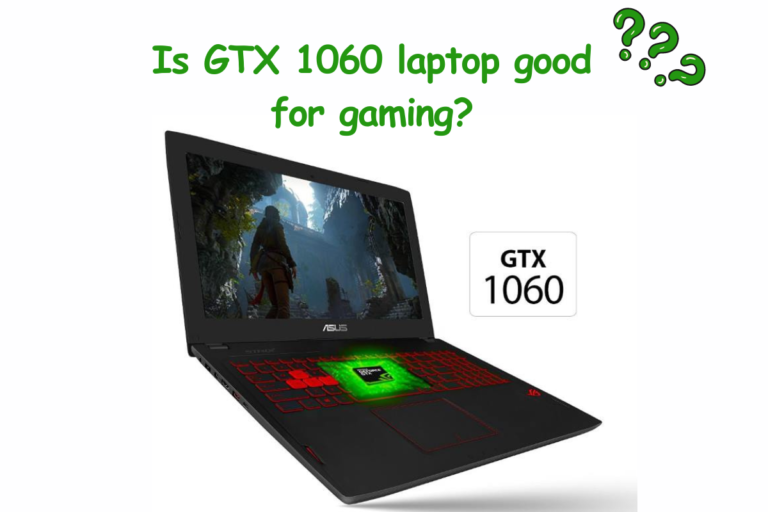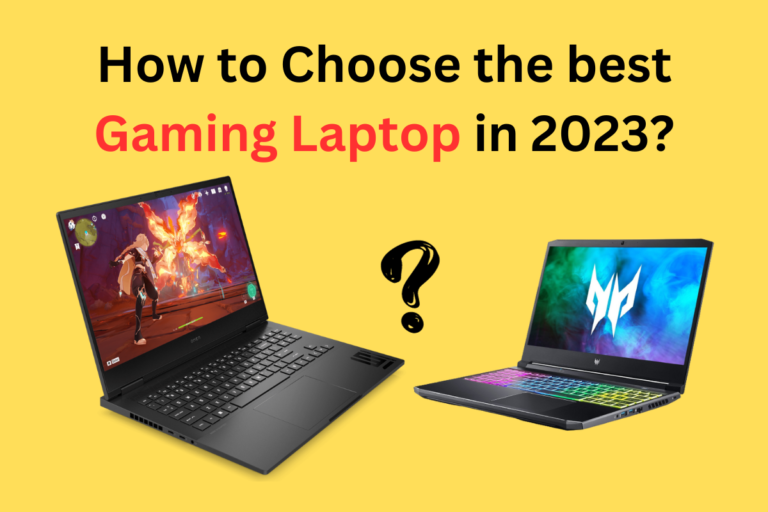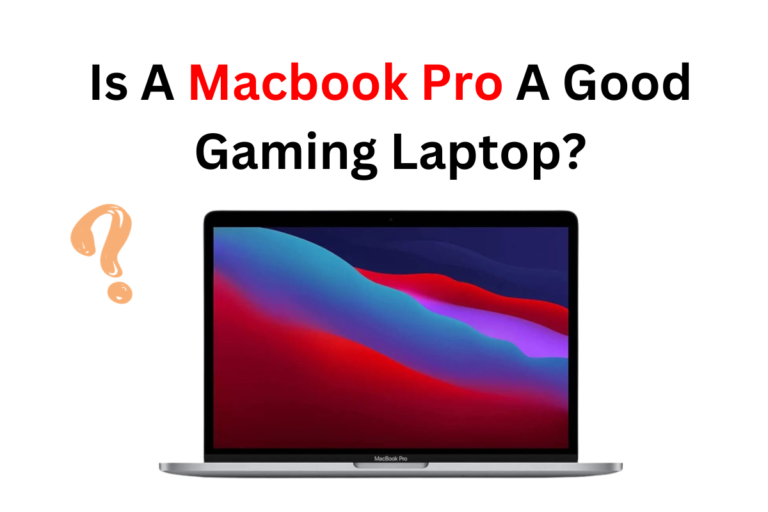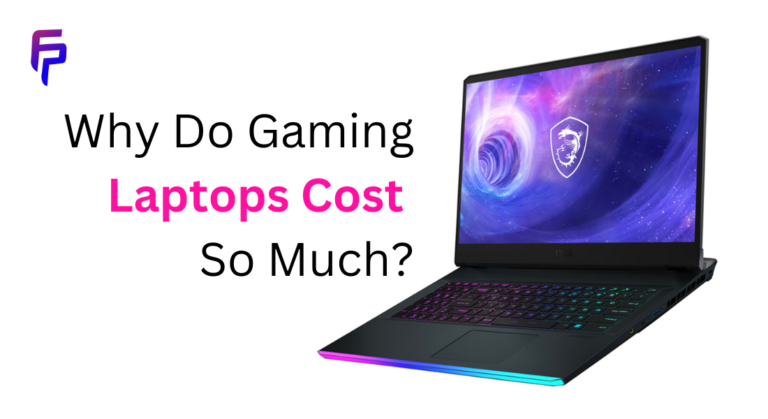
Are you a gaming enthusiast who loves to play the latest video games on your trusty laptop? If so, you’ve probably encountered moments when your laptop’s performance didn’t quite meet your expectations. Maybe games lagged, frame rates dropped, or the graphics didn’t look as sharp as they should. Fear not; you’re not alone.
In this comprehensive guide, we will delve into the world of laptop gaming and address a critical question: “How can I optimize my laptop for gaming?” Whether you own a high-end gaming machine or a budget-friendly laptop, there are steps you can take to enhance your gaming experience.
Update Your Graphics Card Driver
One of the fundamental steps to optimize your gaming laptop is to keep your graphics card driver up to date. Think of your graphics card driver as the translator between your laptop’s hardware and the games you play. It’s essential for smooth communication,
Why Update Your Graphics Card Driver?
Your graphics card driver is like the brain of your laptop’s visual performance. It ensures that your games run smoothly, graphics look sharp, and you get the best possible gaming experience. Here are a few key reasons why you should update it regularly:
Improved Performance:
Newer driver versions often come with performance optimizations for the latest games. By updating, you can squeeze more frames per second (FPS) out of your laptop, leading to smoother gameplay.
Bug Fixes:
Game developers and graphics card manufacturers frequently identify and fix compatibility issues and bugs through driver updates. Keeping your driver current can prevent crashes and glitches.
Game Support:
Some games require specific driver versions for optimal performance. Updating your driver ensures that you can play the latest titles without any hiccups.
How to Update Your Graphics Card Driver
Updating your graphics card driver is a straightforward process. Follow these steps:
Identify Your Graphics Card:
First, determine the make and model of your graphics card. If you have an NVIDIA graphics card, the NVIDIA Control Panel will help you identify it.
Visit the Manufacturer’s Website:
Go to the official website of your graphics card manufacturer. For NVIDIA, it’s the NVIDIA website.
Download the Latest Driver:
Find the latest driver for your specific graphics card model and download it.
Install the Driver:
Run the downloaded file and follow the installation instructions. The installer will typically guide you through the process.
Restart Your Laptop:
After installation, restart your laptop to apply the changes.
Remember to check for driver updates regularly, as new ones are released periodically to enhance performance and compatibility with the latest games.
By keeping your graphics card driver up to date, you’re laying the foundation for a smoother gaming experience on your laptop.
Read More: Why Is My Laptop So Slow When Playing Games?
Manage Background Apps
These are the apps that quietly run in the background while you’re gaming, consuming valuable system resources.
Why Manage Background Apps?
Resource Hogging: Background apps can hog your laptop’s precious resources, such as RAM and CPU power. When you’re gaming, you want these resources dedicated to delivering a smooth gaming experience.
Reduced Performance: If too many background apps are running, your game may experience lag, stuttering, or slower load times. This can be frustrating, especially in fast-paced games.
Battery Drain (for laptops): If you’re gaming on a laptop, background apps can also contribute to faster battery drain, reducing your gaming session’s duration.
How to Manage Background Apps
Task Manager (Ctrl + Shift + Esc): Press Ctrl + Shift + Esc to open the Task Manager. Here, you can see all the running processes and applications. Click on any unnecessary apps or processes and select “End Task” to close them.
Startup Apps: Go to your laptop’s settings or taskbar, and look for startup apps. Disable any apps you don’t need to start with your laptop. This can significantly reduce the number of background apps running.
Background App Settings: In Windows, you can control which apps are allowed to run in the background. Go to Settings > Privacy > Background apps, and turn off apps that you don’t want running.
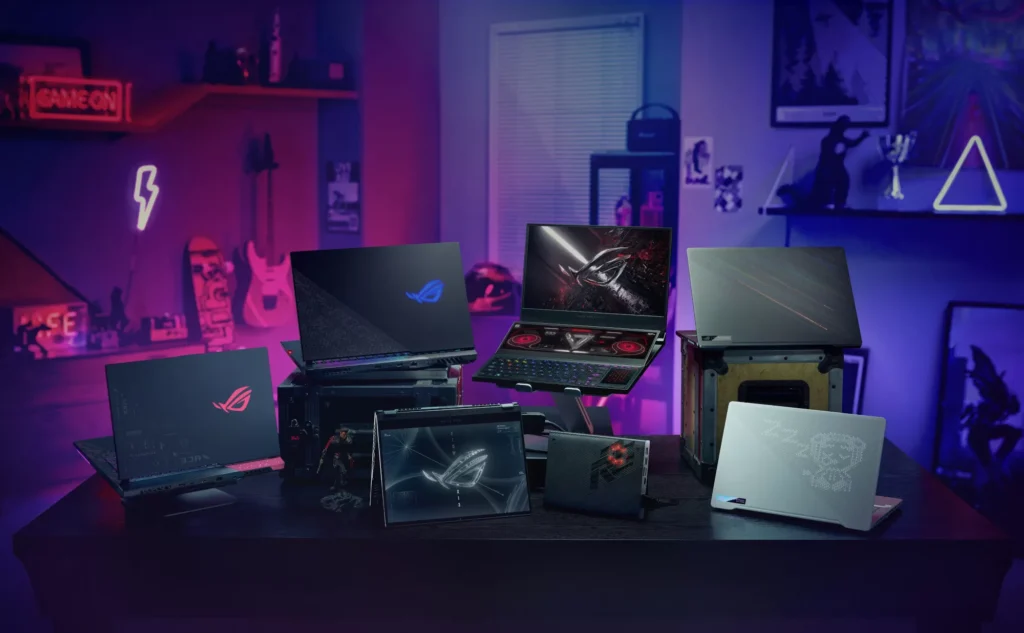
Adjust Your Refresh Rate
The refresh rate of your laptop’s screen plays a significant role in how smooth your games appear. Here’s what you need to know:
What is Refresh Rate and Why Does It Matter?
The refresh rate of your screen is the number of times per second that it refreshes the image. It’s measured in Hertz (Hz). Common refresh rates for laptops are 60Hz, 120Hz, or 144Hz. The higher the refresh rate, the smoother the motion appears on the screen. Here’s why refresh rate matters:
Smoother Gameplay:
A higher refresh rate results in smoother, more fluid gameplay. This is especially important in fast-paced games, where quick reactions are crucial.
Reduced Motion Blur:
A higher refresh rate reduces motion blur, making it easier to track fast-moving objects in games.
Immersive Experience:
A higher refresh rate can make your gaming experience feel more immersive, as the visuals are crisper and more responsive.
How to Adjust Your Refresh Rate
Adjusting your laptop’s refresh rate is a straightforward process, but it depends on your laptop’s hardware and display settings. Here’s how you can do it:
Display Settings:
Right-click on your desktop and select “Display settings” (Windows) or go to “System Preferences” > “Displays” (macOS).
Look for the display settings and choose the refresh rate that your laptop screen supports. If you have a higher refresh rate monitor, you’ll see the option to switch to it here.
Graphics Driver Settings:
If you have an NVIDIA or AMD graphics card, you can often adjust the refresh rate through the graphics card control panel. Open the control panel and navigate to the display settings to make the change.
In-Game Settings:
Many games allow you to adjust the refresh rate within the game settings. Check the graphics or display options in your game to make sure it matches your laptop’s screen refresh rate.
Remember, the ideal refresh rate for you depends on your laptop’s capabilities and the types of games you play. Adjusting it to match your laptop’s capabilities will result in a smoother and more enjoyable gaming experience.
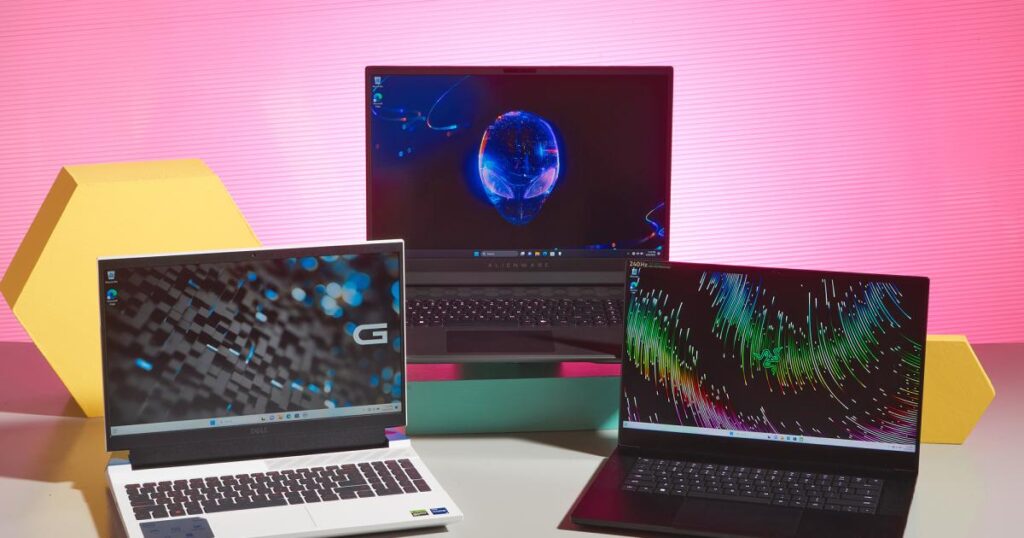
Optimize Power Settings
To further enhance your gaming experience on your laptop, let’s talk about optimizing your power settings.
Why Optimize Power Settings for Gaming?
Your laptop’s power settings dictate how your CPU and GPU perform. By default, laptops often use balanced power settings to save energy, which may not be ideal for gaming. Here’s why you should consider optimizing power settings:
1. Consistent Performance: Power settings can affect how consistently your laptop’s CPU and GPU deliver performance. In gaming, you want consistent power to prevent frame drops and stutters.
2. Extended Battery Life (for laptops): Optimizing power settings can help extend your laptop’s battery life during gaming sessions, allowing you to play longer on a single charge.
3. Cooling and Heat Management: Power settings can also influence how your laptop manages heat. By adjusting them, you can ensure that your laptop stays cool during intense gaming sessions.
How to Optimize Power Settings
Optimizing power settings is relatively straightforward, and it depends on your laptop’s operating system. Here are the general steps:
Windows Power Settings:
If you’re using Windows, go to “Settings” > “System” > “Power & sleep.” Here, you can choose a power plan. For gaming, the “High performance” plan is often the best choice as it maximizes your laptop’s performance.
Custom Power Plan (Advanced):
For more control, you can create a custom power plan by going to “Control Panel” > “Power Options” > “Create a power plan.” This allows you to fine-tune settings like screen brightness, sleep mode, and CPU/GPU performance.
Laptop Cooling Pads:
Using a cooling pad can help your laptop maintain optimal temperature during gaming, allowing it to perform at its best.
Remember that adjusting power settings can impact your laptop’s battery life, so choose the setting that best suits your gaming needs and power source.
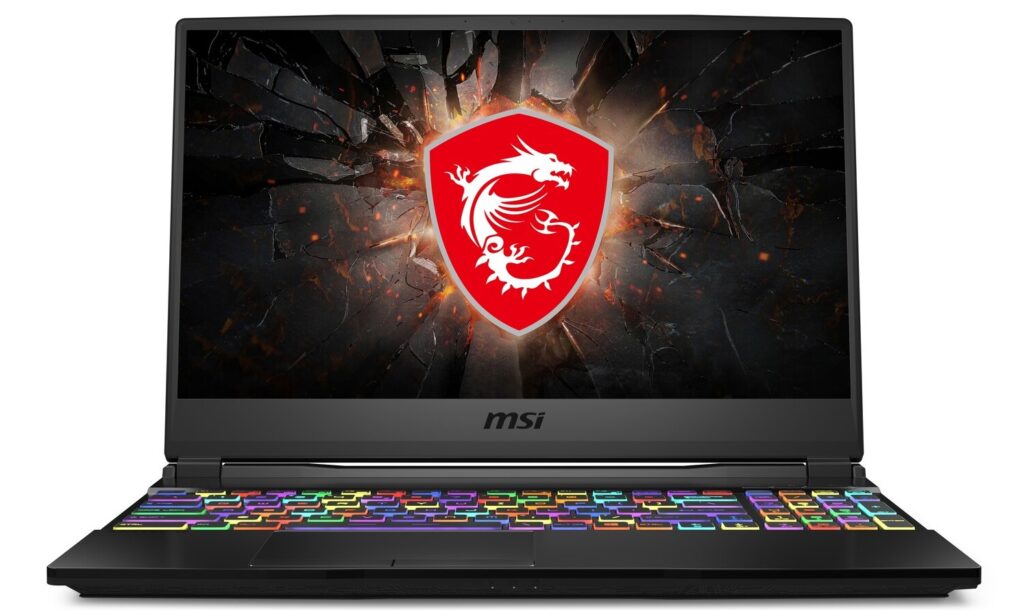
High-Resolution Gaming
Here’s why high-resolution gaming matters.
High-resolution gaming involves playing games at resolutions beyond the standard 1080p.
Visual Fidelity: High resolutions (such as 1440p or 4K) offer greater visual fidelity. Games look sharper, and you can see more detail in textures and environments.
Immersive Experience: The increased clarity and detail can make your gaming experience feel more immersive, pulling you deeper into the game world.
Future-Proofing: Investing in high-resolution gaming can future-proof your laptop for upcoming game titles that demand better visuals.
How to Optimize for High-Resolution Gaming
High-resolution gaming offers stunning visuals and immersion. To optimize for it:
Check Hardware: Ensure your laptop, especially the GPU, can handle higher resolutions.
In-Game Settings: Adjust the resolution in the game settings for crisper visuals.
Monitor Support: Ensure your laptop’s display or external monitor supports the desired resolution.
Monitor Performance: Keep an eye on frame rates and adjust other graphics settings for smooth gameplay.
High-res gaming enhances visuals, but balance is key for the best experience.
Enhance Frame Rates
To boost frame rates for smoother gaming:
1. Graphics Settings: Adjust in-game graphics settings to prioritize performance.
2. Resolution: Lowering resolution can significantly improve frame rates.
3. Graphics Card Updates: Keep your GPU drivers updated for optimized performance.
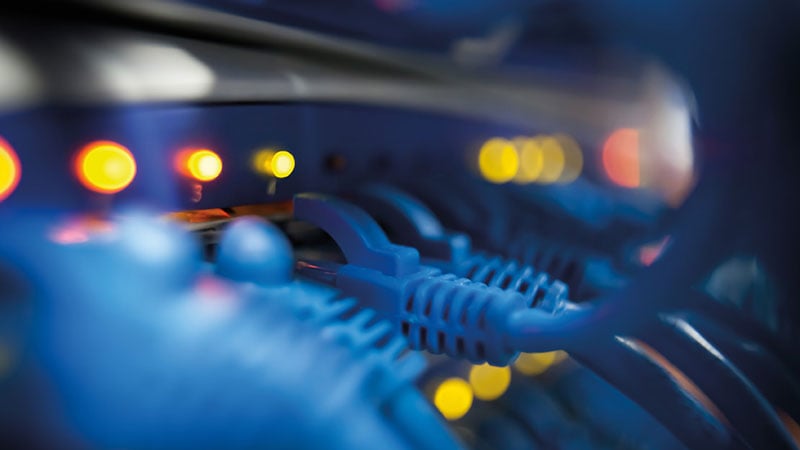
Maintain a Stable Internet Connection
For a reliable online gaming experience:
1. Internet Speed: Ensure a fast and stable internet connection.
2. Wired Connection: Use an Ethernet cable for lower latency.
3. Router Settings: Optimize router settings for gaming performance.

Choosing the Right Laptop for Gaming
When selecting a gaming laptop:
1. Graphics Card: Consider a laptop with a powerful graphics card.
2. Budget: Determine your budget and look for laptops that meet your needs.
3. Reviews: Read user reviews and expert opinions to make an informed choice.
Conclusion
In this guide, we’ve answered the question, “How can you optimize your laptop for gaming?” With each tip and adjustment, you’ve discovered the key to unlocking your laptop’s gaming potential. Now, armed with knowledge and practical steps, you can embark on a gaming journey that’s smoother, more immersive, and truly satisfying.
So, how will you optimize your laptop for gaming? The choice is yours, and the gaming world awaits your conquest.
FAQs
Q: How do I optimize my laptop for more FPS?
Ans: To optimize your laptop for more FPS, lower in-game graphics settings and ensure your drivers are up to date.
Q: How do I optimize my CPU for gaming?
Ans: To optimize your CPU for gaming, close background apps, update drivers, and consider overclocking (if your CPU and cooling system allow).
Q: How do I optimize my GPU for gaming?
Ans: To optimize your GPU for gaming, update graphics card drivers, adjust in-game graphics settings, and maintain proper cooling for better performance.
Q: How do I optimize my laptop processor?
Ans: To optimize your laptop processor, close unnecessary background apps, keep your system updated, and consider using performance modes if available in your laptop settings.
Q: Does RAM increase FPS?
Ans: More RAM can boost FPS, but its impact depends on your laptop’s initial configuration and the specific games you play.

